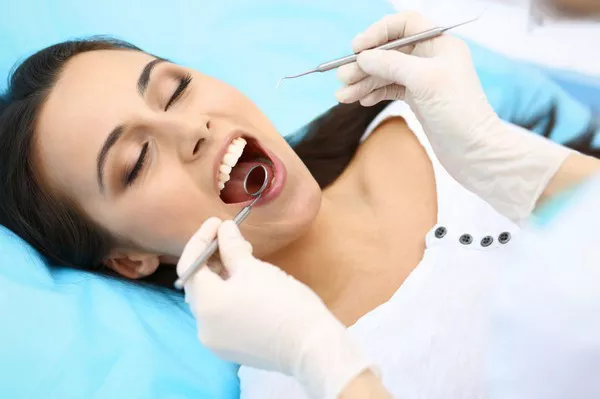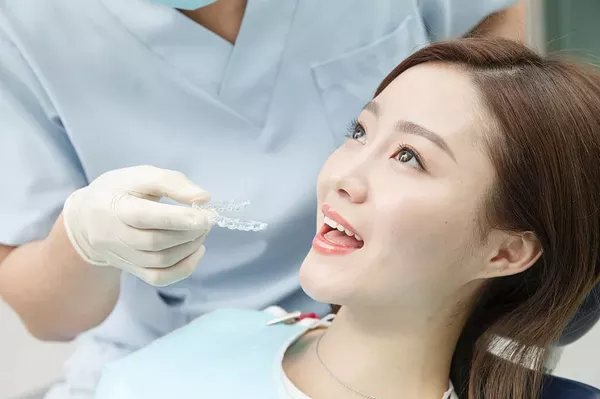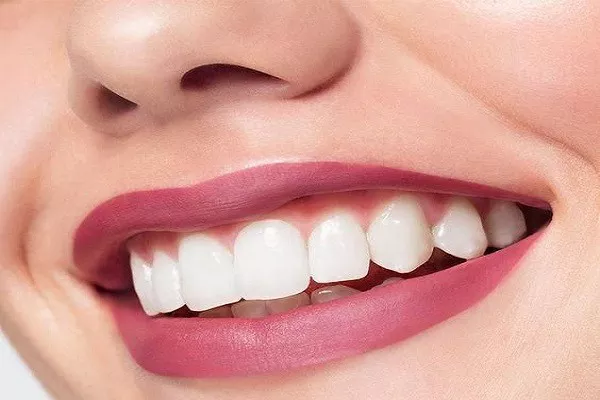Advancements in orthodontic technology have introduced various innovations to the world of braces, offering patients more comfortable and efficient options for achieving a straighter smile. One such innovation is self-ligating braces. If you’re curious about how self-ligating braces work and how they differ from traditional braces, you’re not alone. In this comprehensive guide, we’ll explore the mechanics, benefits, and functioning of self-ligating braces, helping you make an informed decision about your orthodontic treatment.
Understanding Self-Ligating Braces
Self-ligating braces are an alternative to traditional braces that use elastic bands (ligatures) to hold the archwire in place. In contrast, self-ligating braces feature specialized brackets with built-in mechanisms that secure the archwire without the need for additional ligatures. This unique design contributes to a more streamlined and comfortable orthodontic experience.
How Self-Ligating Braces Work
The fundamental principle behind self-ligating braces involves a sliding mechanism integrated into the brackets. Here’s how self-ligating braces work:
1. Specialized Bracket Design
Self-ligating brackets have a unique design that includes a door or clip mechanism on the bracket itself. This door is designed to hold the archwire securely in place without the need for external elastic ligatures.
2. Sliding Mechanism
The archwire is inserted into the brackets through the door or clip. The bracket’s sliding mechanism allows the wire to move freely within the bracket while maintaining the necessary pressure to guide tooth movement.
3. Reduced Friction
One of the primary advantages of self-ligating braces is their ability to reduce friction between the archwire and the bracket. With traditional braces, elastic ligatures can create additional friction, potentially slowing down the movement of teeth. Self-ligating braces minimize this friction, allowing for smoother and more efficient tooth alignment.
4. Controlled Tooth Movement
The self-ligating system allows orthodontists to make precise adjustments to the archwire, facilitating controlled and predictable tooth movement. This accuracy enhances the overall effectiveness of the treatment.
Benefits of Self-Ligating Braces
Self-ligating braces offer several advantages over traditional braces:
Faster Treatment: The reduced friction and controlled tooth movement of self-ligating braces may lead to shorter treatment times.
Fewer Adjustments: Self-ligating braces require fewer adjustment appointments compared to traditional braces.
Comfort: The absence of elastic ligatures can contribute to a more comfortable orthodontic experience, with less pressure on the teeth.
Efficient Oral Hygiene: Self-ligating braces are easier to clean than traditional braces since there are no elastic bands to trap food particles.
Less Discomfort: The sliding mechanism allows teeth to move with less force, potentially resulting in less discomfort.
Aesthetics: Some self-ligating braces are available in more discreet options, such as clear or ceramic brackets.
Types of Self-Ligating Braces
There are two main types of self-ligating braces:
Passive Self-Ligating Braces: These brackets have a lower level of friction and allow for more natural tooth movement. They are designed to minimize friction and facilitate gentler tooth adjustments.
Active Self-Ligating Braces: These brackets offer a higher level of control over tooth movement. They provide the orthodontist with more options for adjustments, enabling precise treatment planning.
Caring for Self-Ligating Braces
Proper care is essential to maximize the benefits of self-ligating braces:
Oral Hygiene: Although self-ligating braces are easier to clean, maintaining excellent oral hygiene is crucial. Brushing and flossing regularly help prevent plaque buildup.
Dietary Restrictions: Avoid hard, sticky, and chewy foods that can damage the brackets or archwire.
Regular Check-Ups: Attend scheduled orthodontic appointments for adjustments and progress checks.
Follow Instructions: Adhere to your orthodontist’s instructions regarding wearing elastics or other accessories if prescribed.
Consultation and Customization
As with any orthodontic treatment, a consultation with an experienced orthodontist is the first step. They will assess your oral health, discuss your goals, and recommend the best treatment option for your unique needs. Self-ligating braces may be suitable for many individuals, but it’s essential to receive personalized advice from a professional.
Conclusion
Self-ligating braces represent an innovative and efficient approach to orthodontic treatment. Through their unique design and reduced friction, they offer patients the potential for faster, more comfortable, and effective tooth alignment. The benefits of self-ligating braces extend to reduced treatment duration, fewer adjustments, improved oral hygiene, and enhanced comfort. As with any orthodontic decision, consulting with a qualified orthodontist will provide you with the insights you need to determine if self-ligating braces are the right choice for your orthodontic journey.
Related Topics:




























